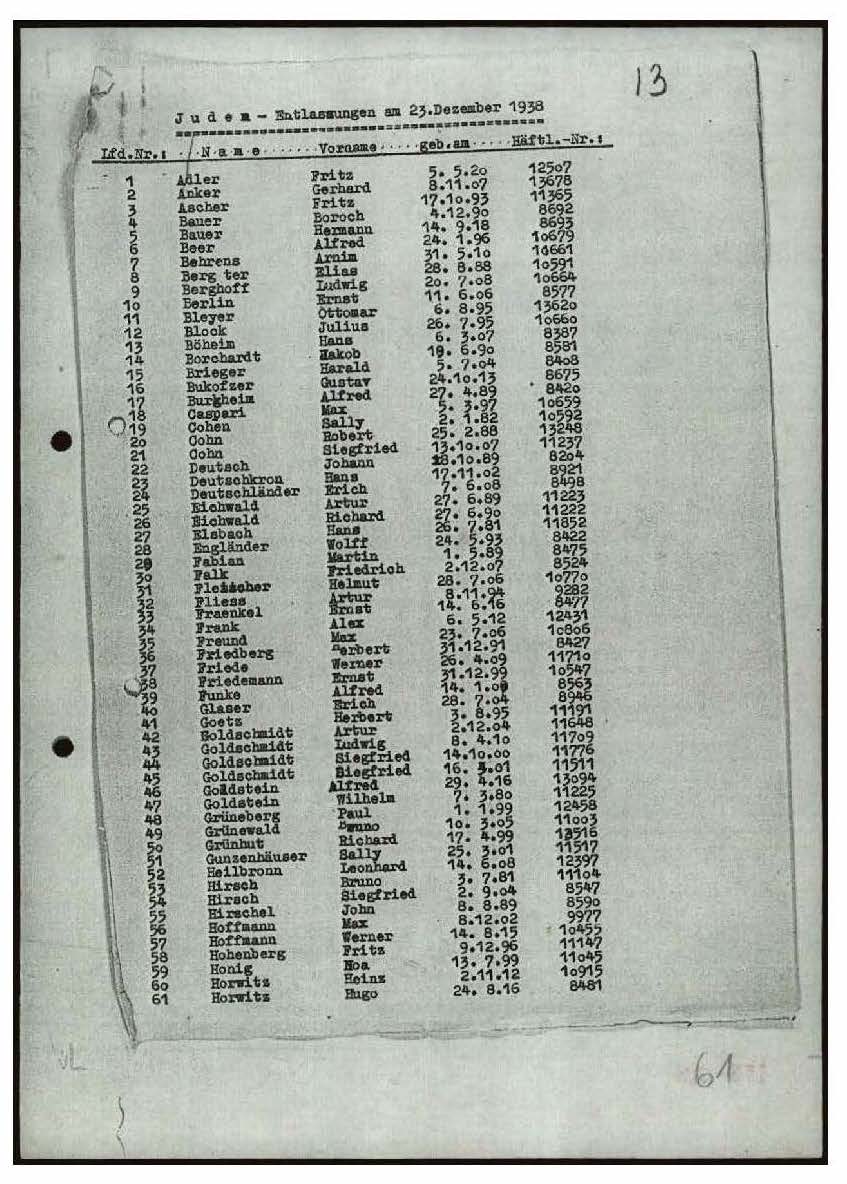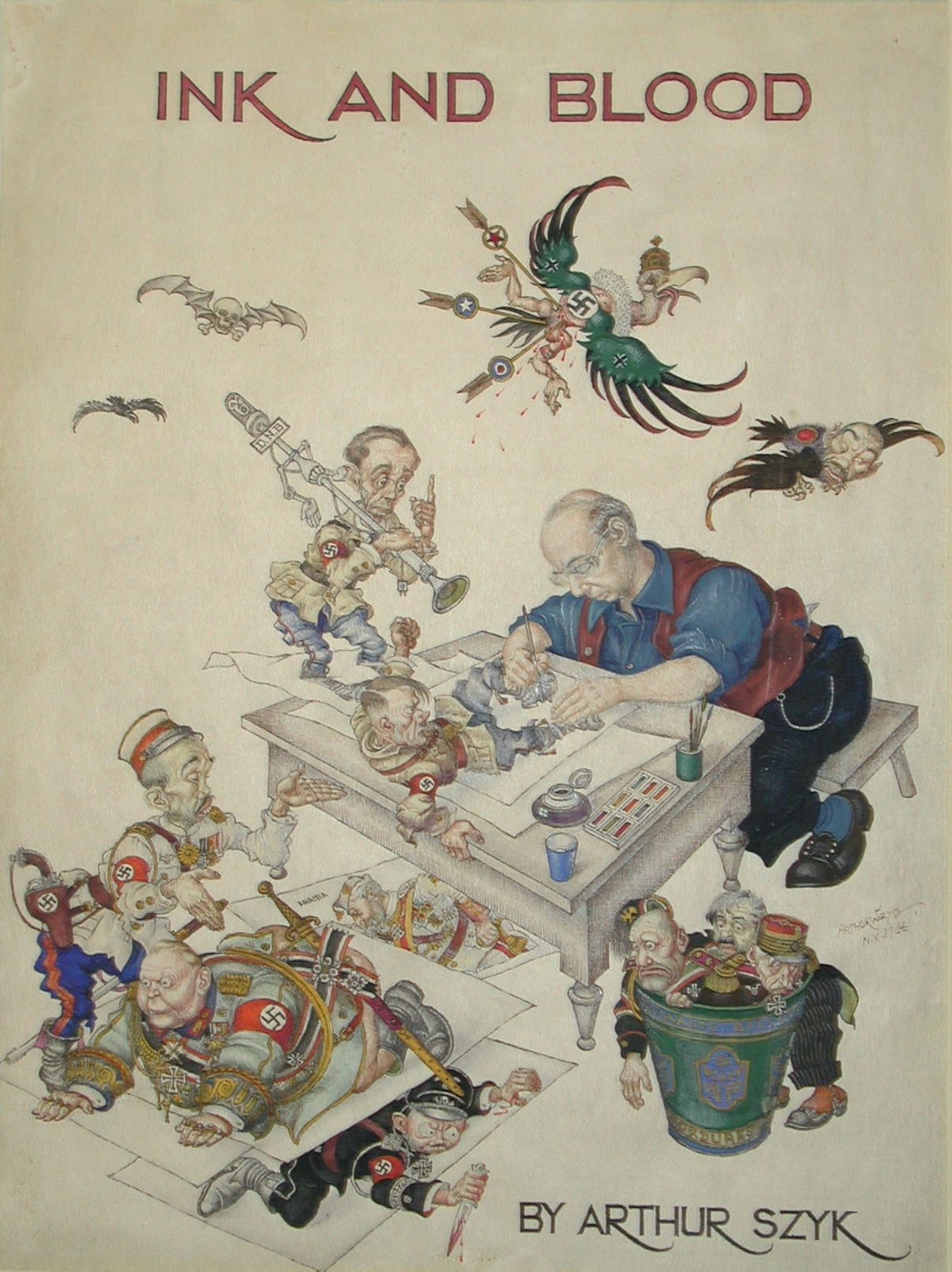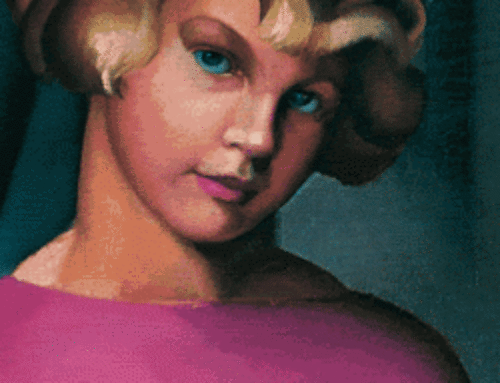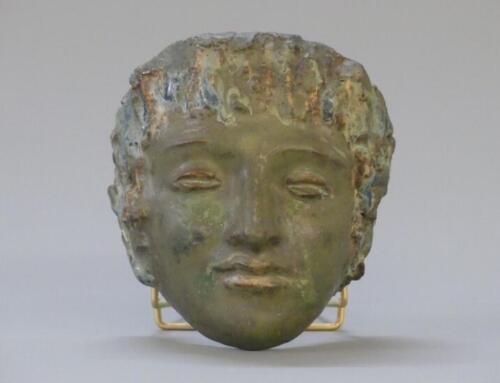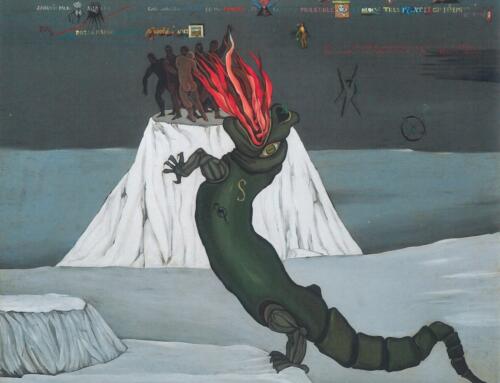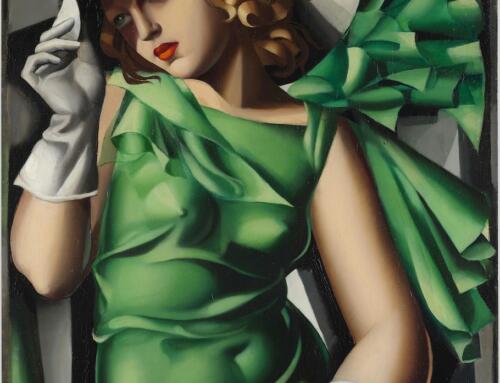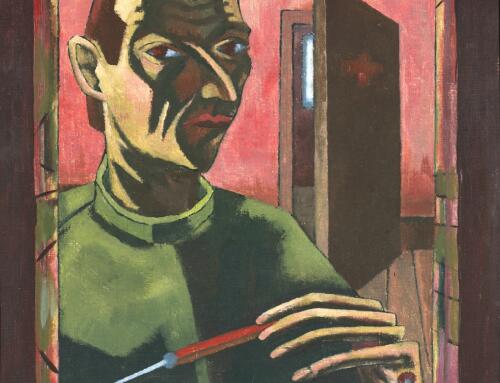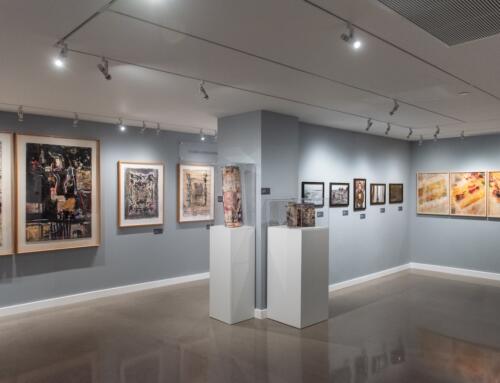Dear Friends,
What a surprise: The Arolsen Archives own a copy of a name list of Jews released from the concentration camp Sachsenhausen on December 23, 1938 with Fritz Ascher’s name!
Copy of Doc. No. 4094051#1 in conformity with Arolsen Archives
Name List of Jews Released from the Concentration Camp Sachsenhausen on December 23, 1938
I am overwhelmed by your interest in our crowdsourcing initiative “everynamecounts,” in which we are partnering with the Arolsen Archives to help build the largest digital memorial to the victims of Nazism. On our designated project page, you can watch the recording of our Zoom event with Floriane Azoulay (Director) and Giora Zwilling (Deputy Head of Archives) from the Arolsen Archives, and find directions how to START CONTRIBUTING.
On Wednesday, April 7, our lecture series “Flight or Fight: Stories of Artists under Repression” continues with “Cartoon Crusader: Arthur Szyk’s War against Nazism.” REGISTER FOR THE ZOOM EVENT HERE.
Steven Luckert, Senior Program Curator of the United States Holocaust Memorial Museum in Washington DC will speak about the Polish Jewish artist Arthur Szyk (1894–1951), who during the first four decades of the twentieth century was best known for his richly detailed book illustrations and magnificent illuminations on Jewish themes. He portrayed the Jews as a heroic nation that had resisted oppression through the ages and eventually triumphed. His Jews were fighters for their own freedom and the freedom of others. Szyk sought to redefine how the Jews viewed themselves and how others viewed them. His works thus challenged the notion that Jewish history was merely one long saga of suffering and, at the same time, refuted the then common antisemitic canard that the Jews were a cowardly people.
With the coming to power in Germany of Adolf Hitler in 1933, Szyk immediately perceived the threat that Nazism posed to the Jews and to the world. That year, he began using his pen to attack Nazi antisemitism and racism. When World War II broke out in 1939, Szyk devoted his energies to defeating Nazi Germany and its allies and calling the world’s attention to the mass murder of Europe’s Jews. His brilliant wartime cartoons and caricatures filled the pages of American newspapers and magazines, earning him a reputation as a “one-man army” in the Allied cause. His moving portrayals of Jewish suffering and heroism bespoke a political activism that demanded “action—not pity.” By 1943, Arthur Szyk had become perhaps this country’s leading artistic advocate for Jewish rescue.
This Friday, March 26, marks the 51st anniversary of Fritz Ascher’s death.
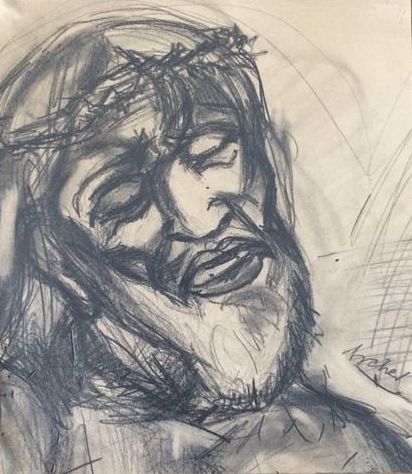
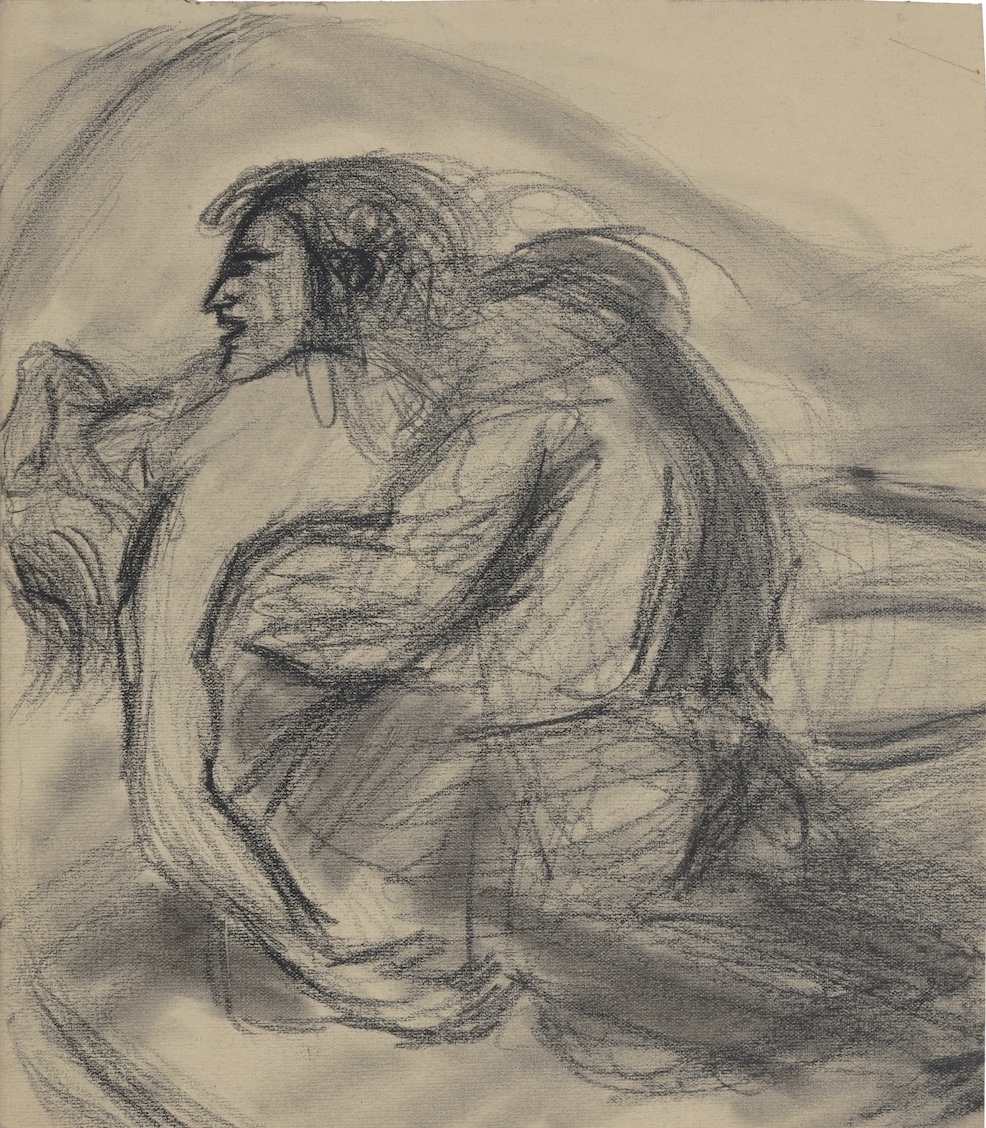
Left: Fritz Ascher, Man of Sorrows, First half of 20th century. Graphite on paper, 26.6 x 23.5 cm. Potsdam Museum BK-2018-90
Right: Fritz Ascher, Pietà, ca. 1919. Graphite on paper, 10.2 x 9 inches. Private collection
On this occasion, we celebrate that more and more of his works are entering public collections, like the graphite drawing Man of Sorrows, which is in the collection of the Potsdam Museum.
In its many artistic forms, Man of Sorrows is the most precise visual expression of the piety of the later Middle Ages, which took its character from mystical contemplation rather than from theological speculation. Together with the Pietà, it was the most popular of the devotional images of the period – devotional images detached from the narrative of Christ’s Passion, intended for meditation. In his graphite drawings, Fritz Ascher connects to that iconography, and focuses on the drama of the human condition.
Do you have some quiet time during the upcoming holidays? Our event “Becoming Jewish: The Sculptor Benno Elkan (1877-1960)” can now be watched in an edited version HERE.
A presentation of the artist’s life and work by Christian Walda (Deputy Director and Head of Collections at the Museum for Art and Cultural History in Dortmund) is followed by in depth discussions of Elkan’s two most important works: Wolfgang E. Weick (Retired Director of the Museum for Art and Cultural History in Dortmund) speaks about the Memorial to the Defenseless Victims of the Bombing War (clay model 1959), and Ori Z Soltes (Teaching Professor at Georgetown University in Washington DC) speaks about the Menorah (1956) in Jerusalem.
Please support our work by donating to the Fritz Ascher Society HERE.
Happy Holidays,
Chag Sameach,
And all best wishes,
Rachel Stern
Director and CEO
Join the conversation!
#FritzAscher
@FritzAscherSociety
Follow us on instagram or twitter, befriend us on facebook, or check out our website!



